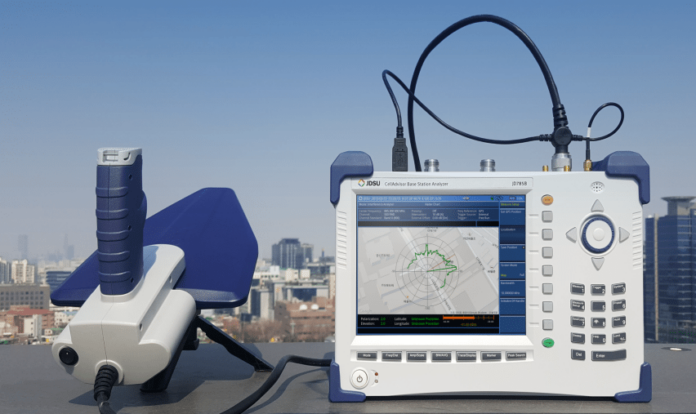Suddenly, on a Monday morning around 9:30 am, we started to get calls at the NOC of high dropped calls near a strip mall; this continued till 6 pm. Everything was working fine last week; we did not make any changes to the network, the neighbor list, or other RF parameters over the weekend. I started to monitor the hourly KPIs for the sectors covering that strip mall; quickly I realized that one cell covering that area was reporting high dropped calls and access failures. Analyzing the RX0 and RX1 measurements of that cell indicated that the noise floor was higher than normal. However, around 6 p.m. everything went back to normal. This made me believe that there was some source of interference in that neighborhood causing poor user experience. After spending a few days in the field, I caught a break and my detective work paid off. I was able to identify that there was store in the mall that started to use a transceiver to communicate with their warehouse which was located close by. Unfortunately the channel they were transmitting on was close to our uplink channel, and their out-of-band emission was significant enough to desensitize the uplink. We had to ask them to shut it down as they were not licensed to transmit on that channel.
****************************
Stories like these are very common. What is not usually mentioned is the amount of time it takes to troubleshoot these problems, where RF engineers have to play the role of a detective and patiently scan the crime scene for alleged sources of interference.
Why is catching interference quickly so important?
Service providers have spent billions of dollars acquiring RF spectrum to increase network capacity and to offer exceptional QoS to their customers. Unfortunately, interference reduces coverage area by desensitizing the receiver and increasing the noise floor. Throughput rate also suffers when interference lowers signal-to-noise ratio (SNR), preventing the use of higher modulation coding schemes and efficient resource block allocation as the scheduler attempts to avoid impacted spectrum. This can frustrate customers and can cause potential churn.
To maximize their network investment and reduce customer churn, service providers need to eliminate interference as soon as possible. As RF engineers and technicians know all too well, this is easier said than done. Due to the presence of illegal, unlicensed, or unintentional signals, interference can show up in the network intermittently or persistently at different frequencies over time.
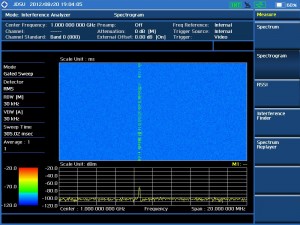
In this blog we will discuss in brief how Viavi’s CellAdvisorTM platform, working with our AntennaAdvisor solution, can successfully identify, and isolate interference issues quickly.
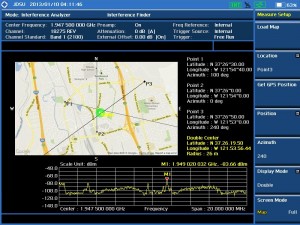
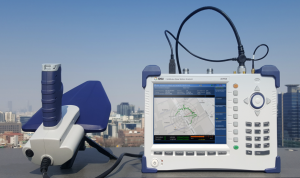
For several months, a tier 1 service provider experienced low, intermittent throughput issues at one their eNodeB sectors. Unable to identify the root cause, the provider replaced the RRH as well as the fiber—to no avail. The performance issues continued.
To find an answer, the operator’s performance and operations team contacted Viavi. Together, they isolated the performance issue at the cell site. In just 3 hours of driving and walk-testing, it was determined that a misconfigured bi-directional amplifier—located approximately 1,000 meters from the base station and unknown to the wireless service provider—was causing the interference.
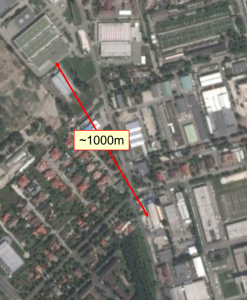
So going back to the original question: is hunting for interference a headache? It can be, but with the right tools, like CellAdvisor with AntennaAdvisor, this headache can be eliminated just like interference.
To read more about how the interference problem was isolated, read the case study, Quickly Identifying and Locating Interference with CellAdvisor.
Or to learn more about interference hunting, watch our latest webinar, How to Efficiently Detect, Identify, and Locate RF Interference

